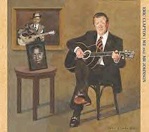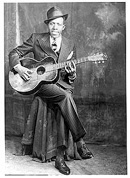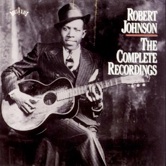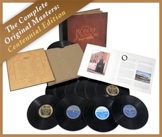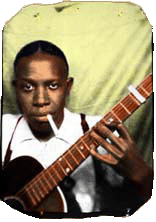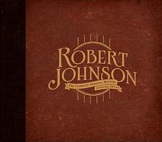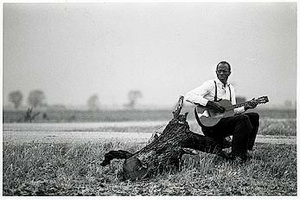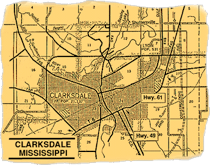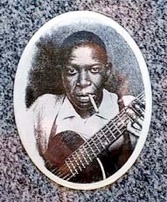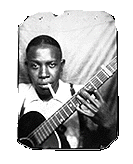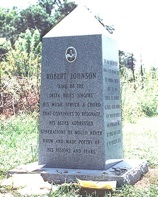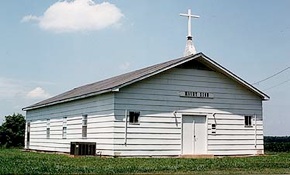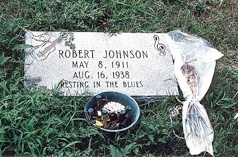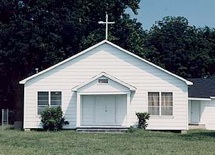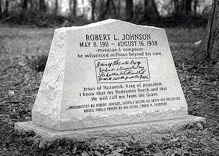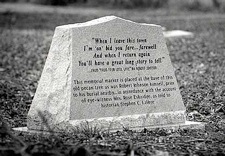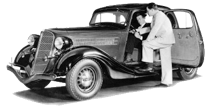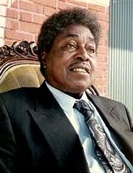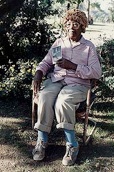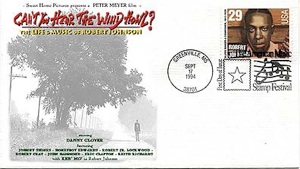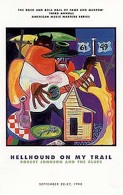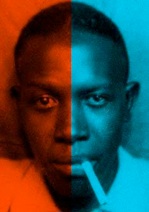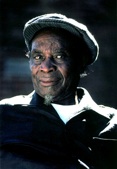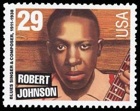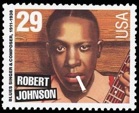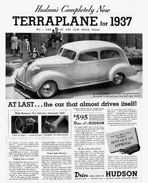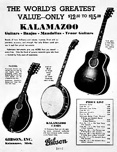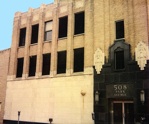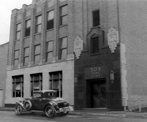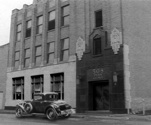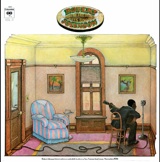* ME & MR. JOHNSON: Eric Clapton CD Honors Robert Johnson
"It is a remarkable thing to have been driven and influenced all of my life by the work of one man," Clapton says. "And even though I accept that it has always been the keystone of my musical foundation, I still would not regard it as an obsession; instead, I prefer to think of it as a landmark that I navigate by, whenever I feel myself going adrift. I am talking, of course, about the work of Robert Johnson. Now, after all these years, his music is like my oldest friend, always in the back of my head, and on the horizon. It is the finest music I have ever heard. I have always trusted its purity, and I always will."
* JOHNSON ENTERS LIBRARY OF CONGRESS
The 50 entries into the second annual Library of Congress' National Recording Registry have been selected and along with Johnny Cash's legendary concert album At Folsom Prison and the Beatles classic Sgt. Pepper's Lonely Hearts Club Band are the complete recordings of Robert Johnson. The inductees are selected by Librarian of Congress’ James H. Billington for being "culturally, historically or aesthetically significant," and must be at least ten-years old.
* ROBERT JOHNSON, MYTHMAKING & CONTEMPORARY AMERICAN CULTURE
Patricia R. Schroeder's Robert Johnson, Mythmaking and Contemporary American Culture (from University of Illinois Press in July 2004), traces the persistence of Johnson's image in the culture at large, from postage stamps to novels, plays and film. Johnson's myth, it suggests, is truly larger than his life.
* JOHNSON SONG VOTED ONE OF THE "SONGS OF THE CENTURY"
On March 7, 2001, the "Songs of the Century," a list compiled by the Recording Industry of America and the National Endowment for the Arts, was released and Robert Johnson's CROSS ROAD BLUES came in at 342.
-
* ROBERT JOHNSON'S SON
After a long legal battle with other relatives, the Mississippi Supreme Court ruled in 1998 that Claud Johnson, a 68-year-old retired gravel truck driver, is the legal son and heir of Robert Johnson. Though Robert Johnson died penniless, it has been reported that his son has inherited more than $1.2 million in royalties collected over the years. "All my life I have known that he was my father," said Claud, whose mother, the deceased Virgie Jane Smith Cain, had a one time encounter with Johnson on a country roadside in 1931, resulting in his birth. This event was witnessed by her childhood friend Eula Mae Williams.


